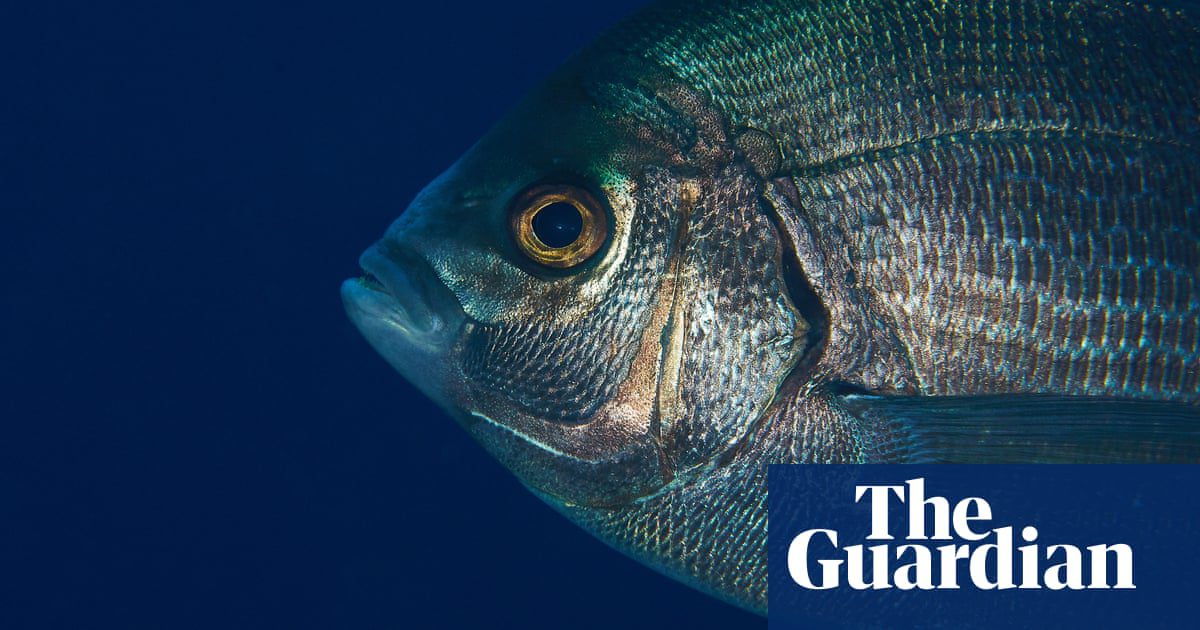
New research indicates that wild fish have the ability to distinguish between humans based on the color of their clothing, a finding that could transform our understanding and interaction with these aquatic creatures.
While it is established that certain domesticated animals can recognize individual humans—often linked to resource sharing or potential threats—this skill has been less documented in wild species.
In a groundbreaking study, scientists discovered that wild fish could identify two different people, seemingly by their attire.
According to Maëlan Tomasek, the lead author from the Max Planck Institute of Animal Behaviour in Germany, “They are adapting simple recognition strategies they use in nature to recognize humans.”
The study, published in the journal Biology Letters, was conducted in open waters of the Mediterranean Sea.
Initially, a researcher spent 12 days training wild saddled seabream and black seabream to follow her by repeatedly presenting them with food rewards whenever they followed her as she swam away.
Later, another researcher joined her, wearing either the same diving gear or gear with distinctive colored patches and fins. In both setups, the two divers swam in opposite directions, returned to their starting point, and repeated the process. Although both divers provided food, the fish received rewards only when they followed the primary trainer.
Over 30 trials were conducted for each outfit, with video recordings analyzed to track which diver the fish chose to follow. The findings revealed that when the divers wore different outfits, both fish species preferred to follow the trainer with increasing certainty throughout the trials.
Some fish were able to consistently choose to follow the trainer, indicating they were learning to discern between the two divers.
Conversely, when the divers wore identical outfits, the black bream showed no preference, while the saddled bream only favored the trainer during an intermediate phase of trials. Tomasek stated, “Overall, when dressed the same, there was no evidence suggesting they could differentiate between us.”
after newsletter promotion
The researchers believe that, since these fish had no previous encounters with humans, they likely utilized existing visual skills to differentiate the divers. Tomasek noted, “This demonstrates that simple recognition mechanisms, such as pattern or color recognition, can be adapted for recognizing humans.”
Tomasek also mentioned that this research might encourage a reevaluation of how we perceive and treat fish, including the ethics surrounding their consumption. “It’s common for humans to disregard the welfare of these animals, but since they can recognize us, perhaps it’s time we extend that consideration to them as well,” he concluded.









